This Portuguese farmhouse takes its cues from its natural surrounds
NaMora House is a Portuguese farmhouse by architects Filipe Pina and David Bilo that opens a dialogue with its leafy surrounds
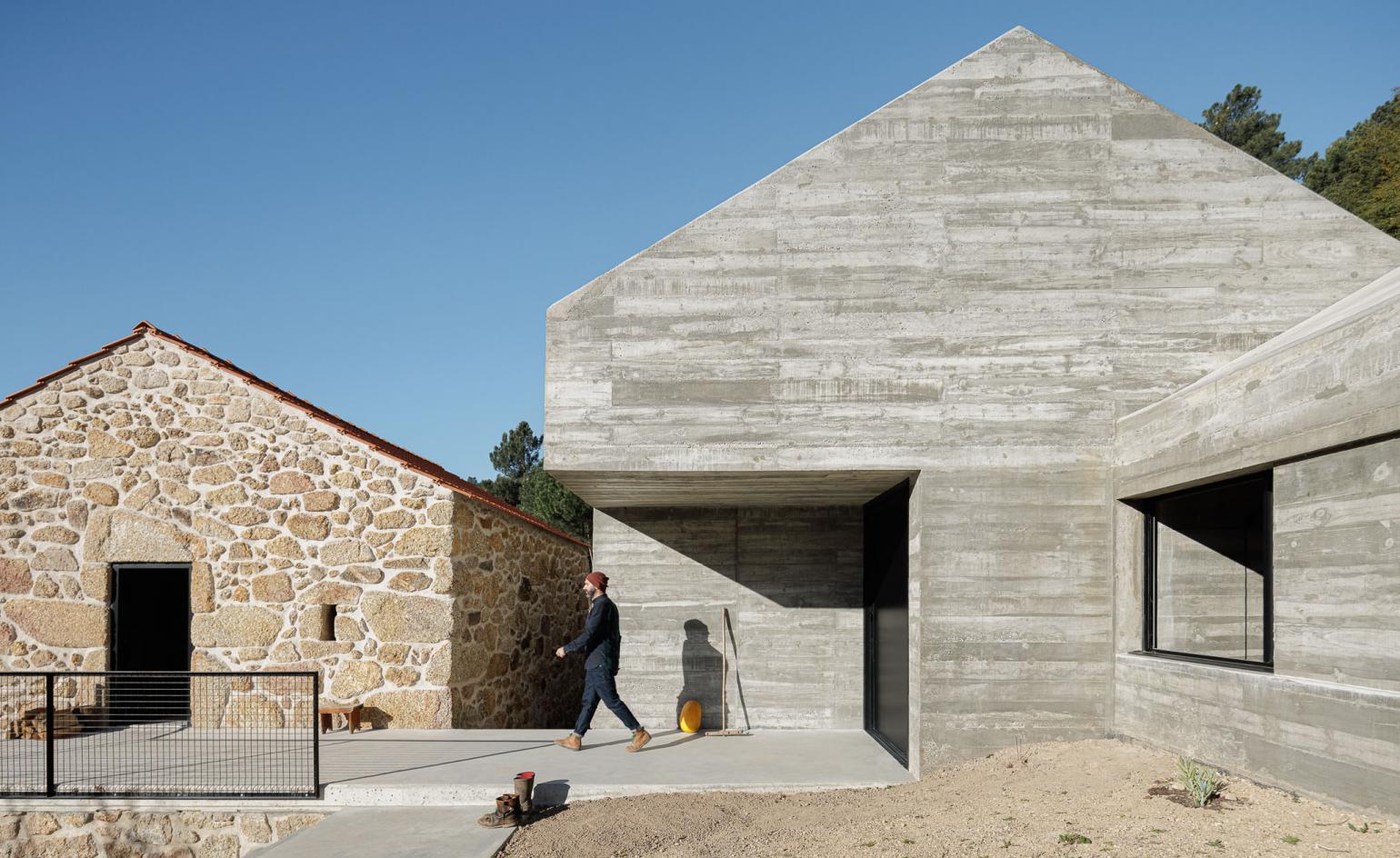
Ivo Tavares - Photography
This Portuguese farmhouse is the ultimate counrtyside retreat; as well as a working agricultural space. Designed as a collaboration between architects Filipe Pina and David Bilo, the house is nestled in a naturally sheltered area at the foot of the Serra da Estrela, close to the Gonçalo region in central Portugal. Surrounded by nature - namely a dense pine tree forest - the structure, made in concrete and granite stone, appears as a series of geometric boulders among its leafy environs.
Working with an existing farmland site and an old granite structure within it, the architects reworked what was there, adding a contemporary extension that appears distinctly modern and separate from the historical structure, but at the same time feels at home in its location. The team mirrored the stone building's outline in the new house, spreading the design across a stepped plan that negotiates the site's incline. ‘The final outcome, with the extension of the existing house, resulted from a compromise between the owners wishes and the existing features and morphology of the land, characterized by the existence of several terraces,' the architects explain.

Inside, storage, a bathroom and a kitchen are located in the older structure, and are fully dedicated to the site's farming activities; whereas the living room, bedrooms, and an outdoor leisure space are within the new wing. Everything is enveloped in clean surfaces giving the complex the refreshing, crisp feel of modern minimalist architecture. Concrete, steel and wood are the main materials, while neutral and light colours wrap the home in calming surfaces. The range of outdoor spaces add to its appeal and the opportunity it offers to connect with nature.
The team named the project NaMora House, underlining elegantly its relationship with its setting. ‘[The name] refers to the location of the project, where “Na Mora” would translate into “In Mora” (Mora being the place where the property lies), but “namora” in Portuguese means literally “flirt” or “date”,' they say.
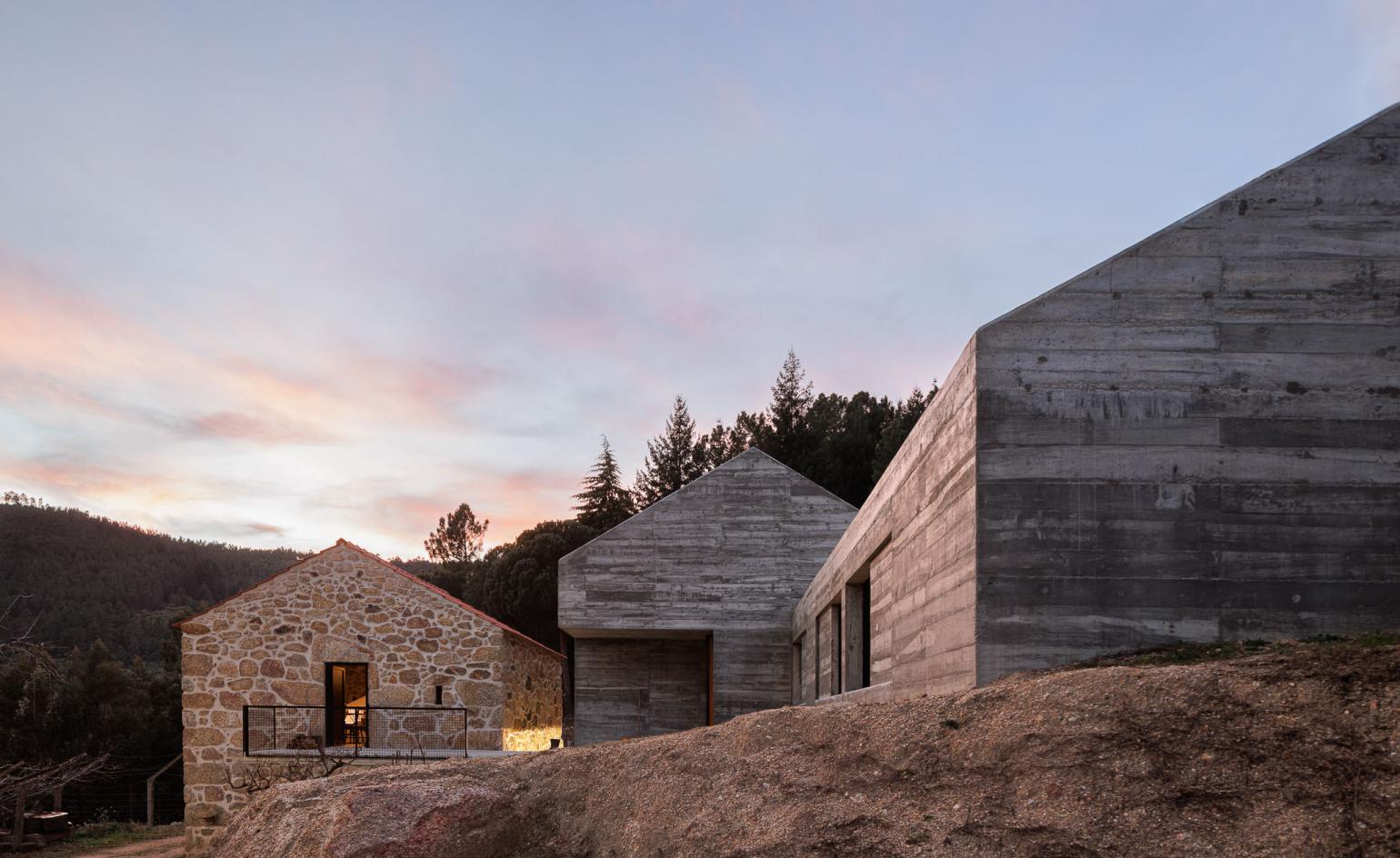
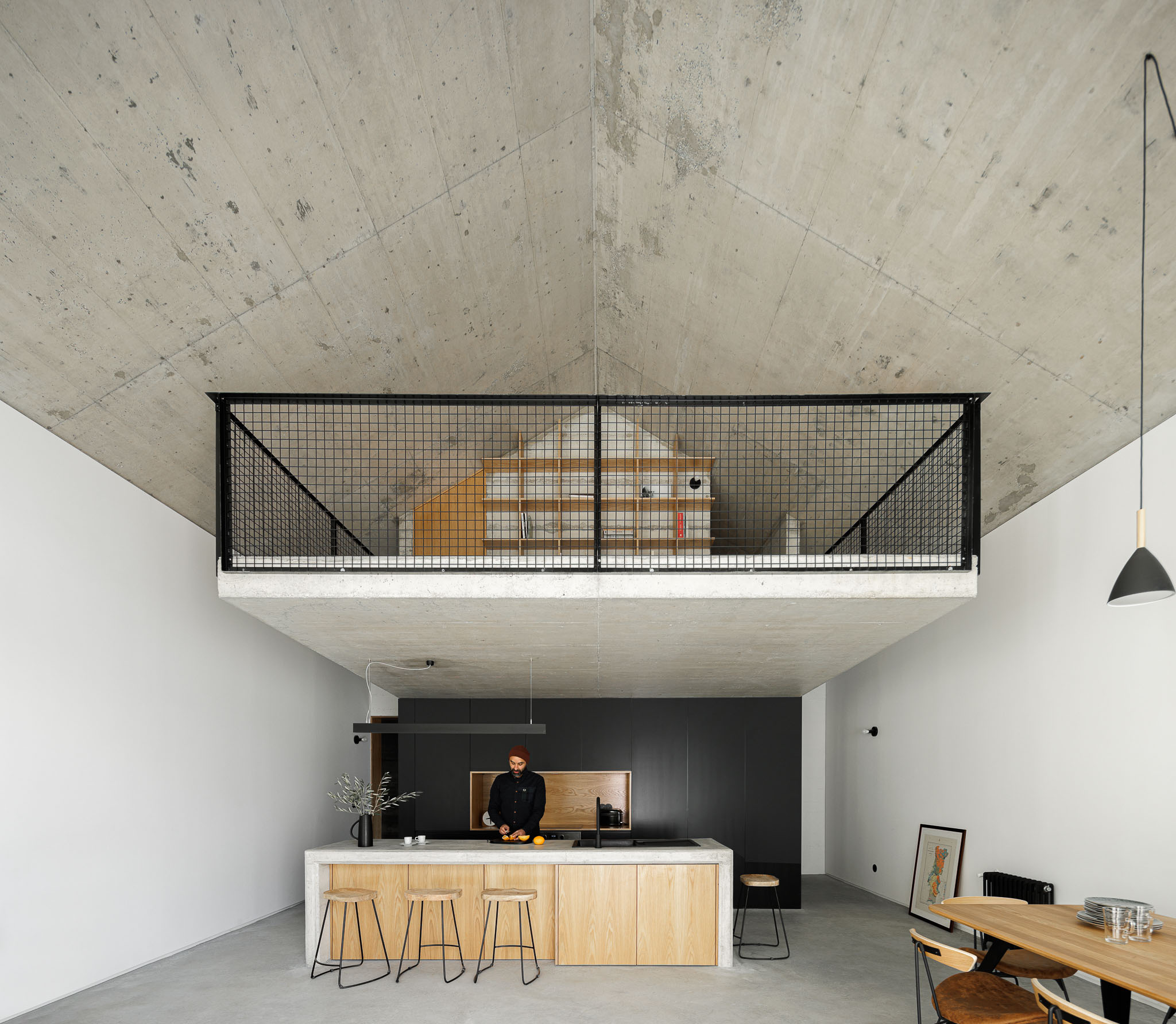
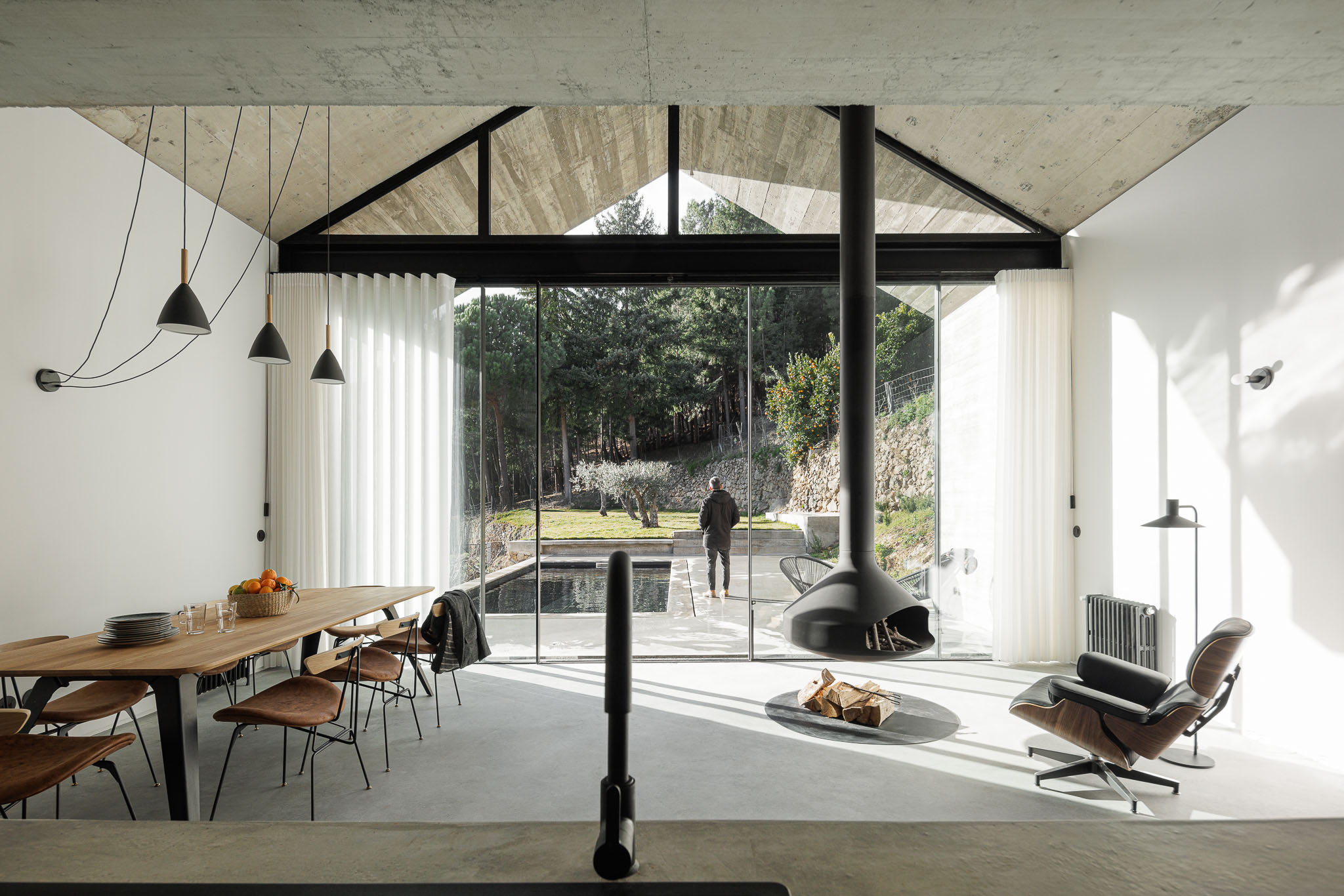

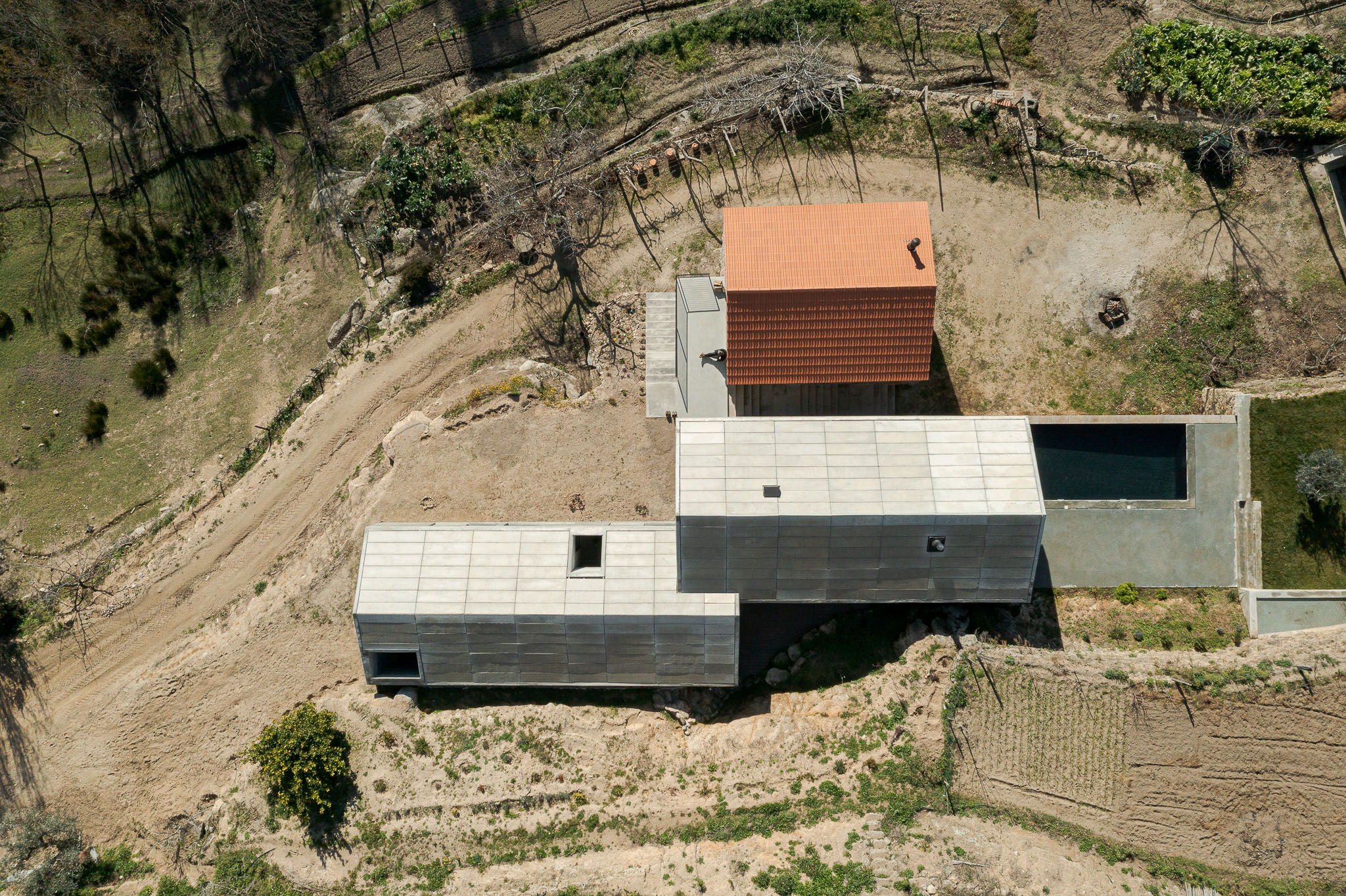


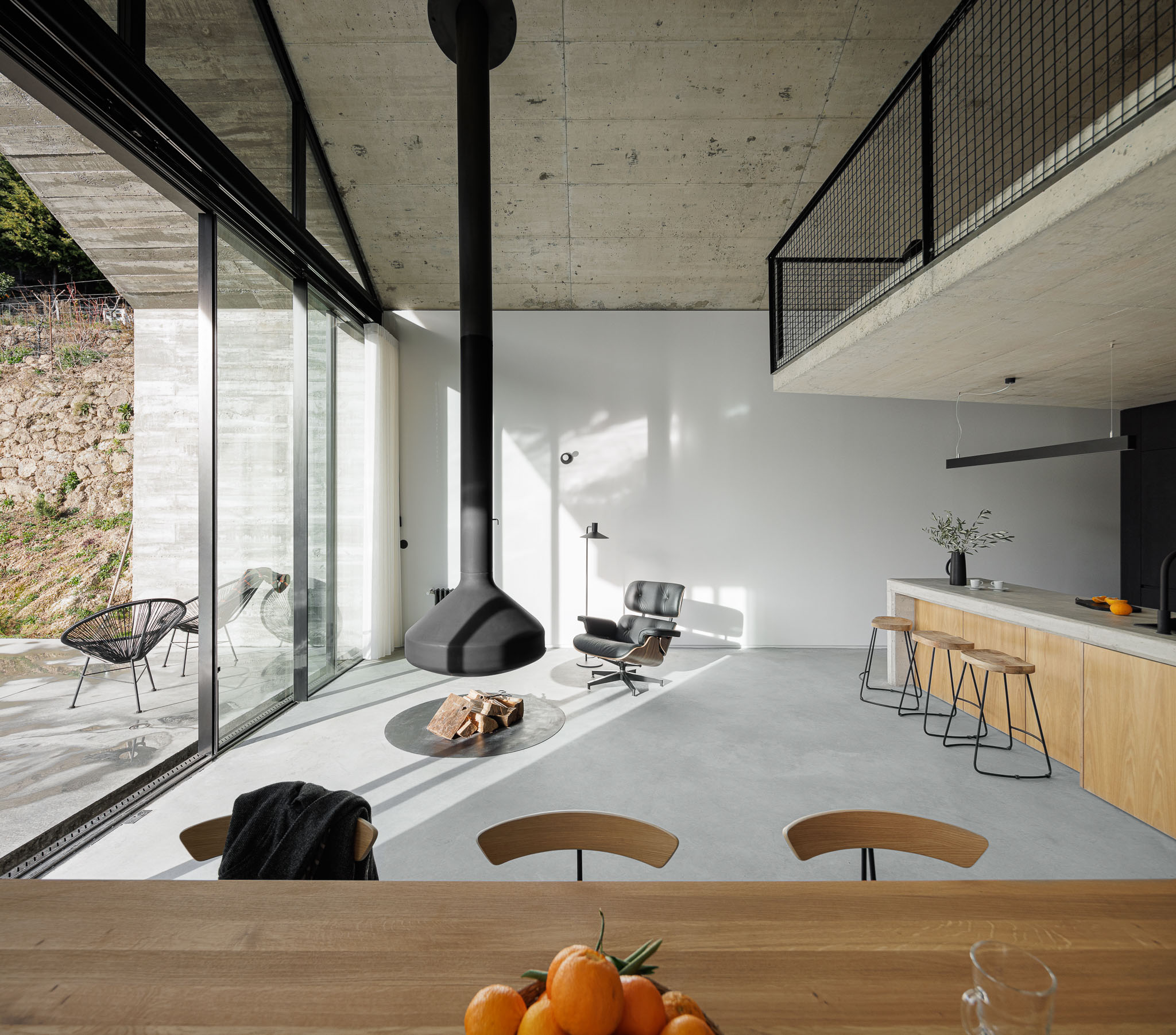

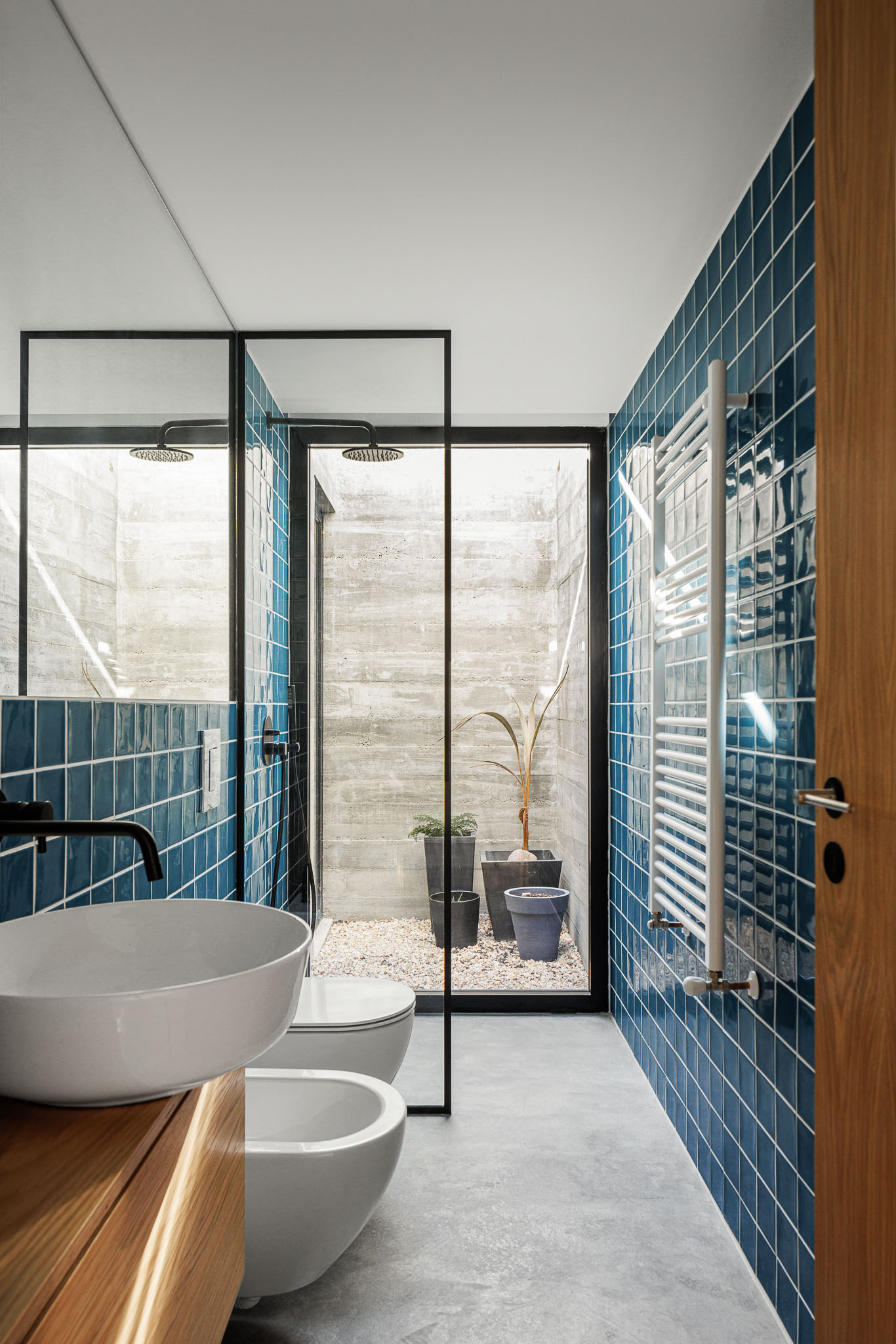
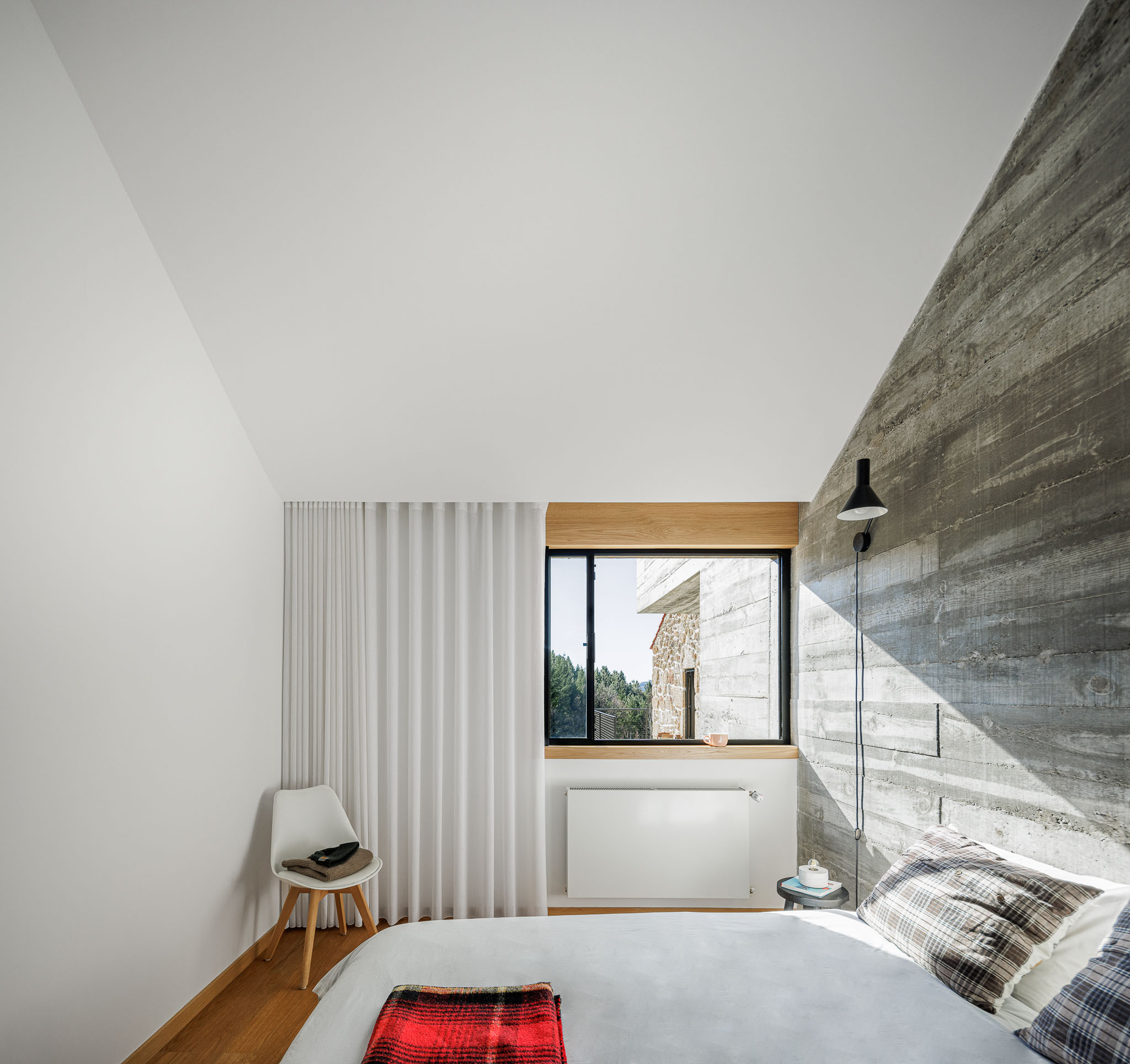
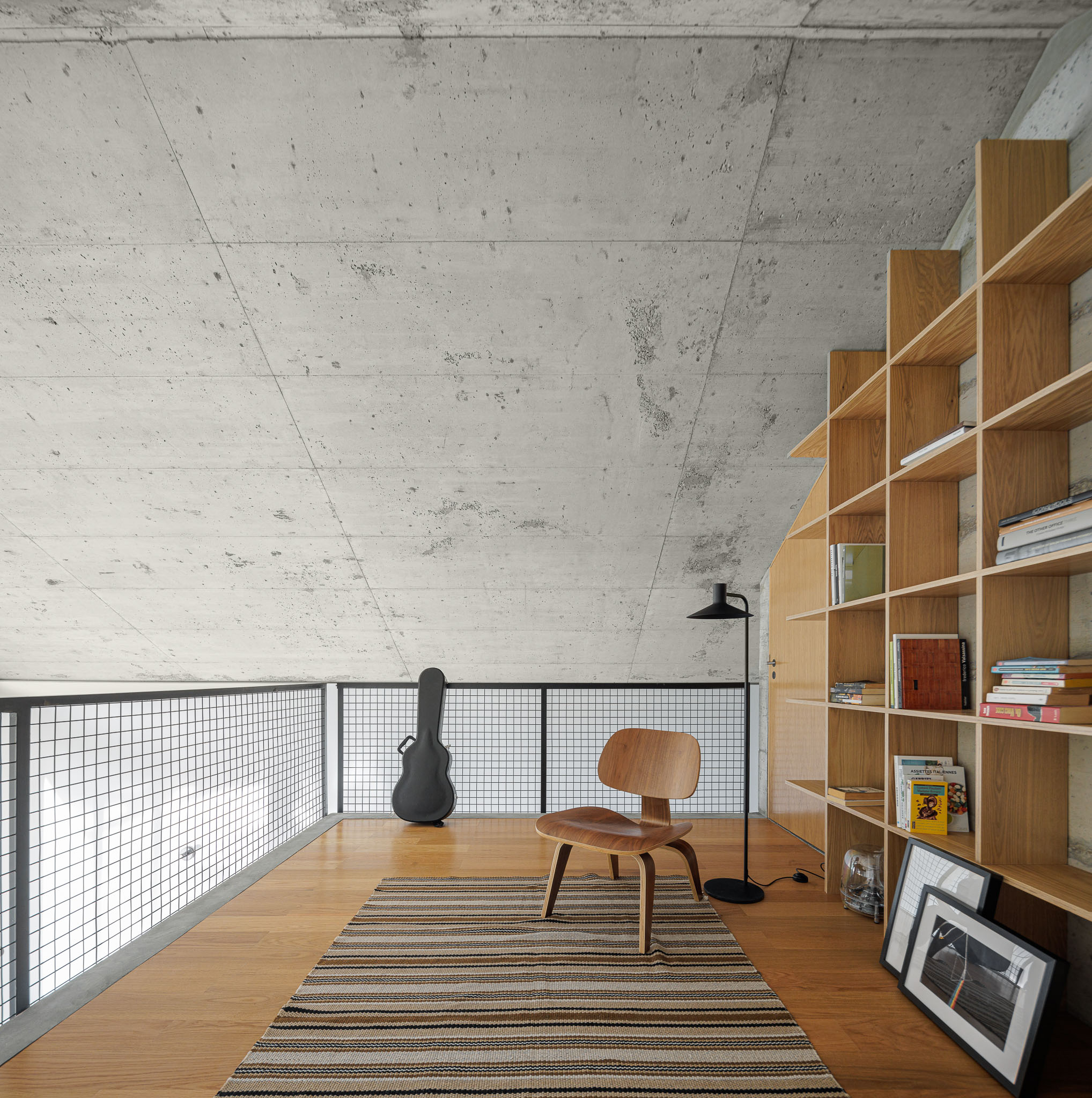
INFORMATION
fp-a.pt
dbarquitectos.pt
Receive our daily digest of inspiration, escapism and design stories from around the world direct to your inbox.
Ellie Stathaki is the Architecture & Environment Director at Wallpaper*. She trained as an architect at the Aristotle University of Thessaloniki in Greece and studied architectural history at the Bartlett in London. Now an established journalist, she has been a member of the Wallpaper* team since 2006, visiting buildings across the globe and interviewing leading architects such as Tadao Ando and Rem Koolhaas. Ellie has also taken part in judging panels, moderated events, curated shows and contributed in books, such as The Contemporary House (Thames & Hudson, 2018), Glenn Sestig Architecture Diary (2020) and House London (2022).
-
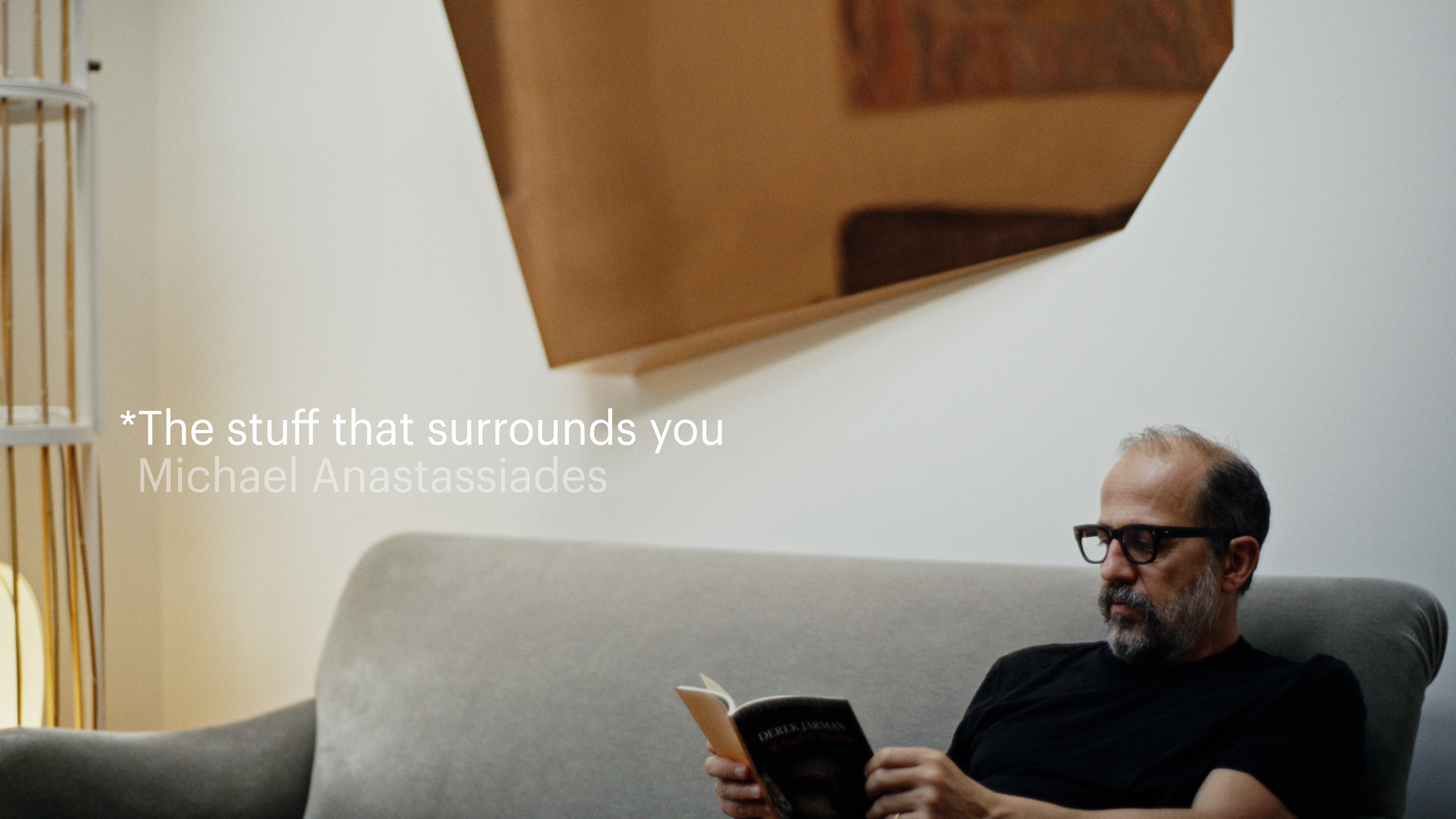 The Stuff That Surrounds You: Inside the home of designer Michael Anastassiades
The Stuff That Surrounds You: Inside the home of designer Michael AnastassiadesIn The Stuff That Surrounds, Wallpaper* explores a life through objects. In this episode, we step inside one of the most considered homes we've ever seen, where Anastassiades test drives his own creations
-
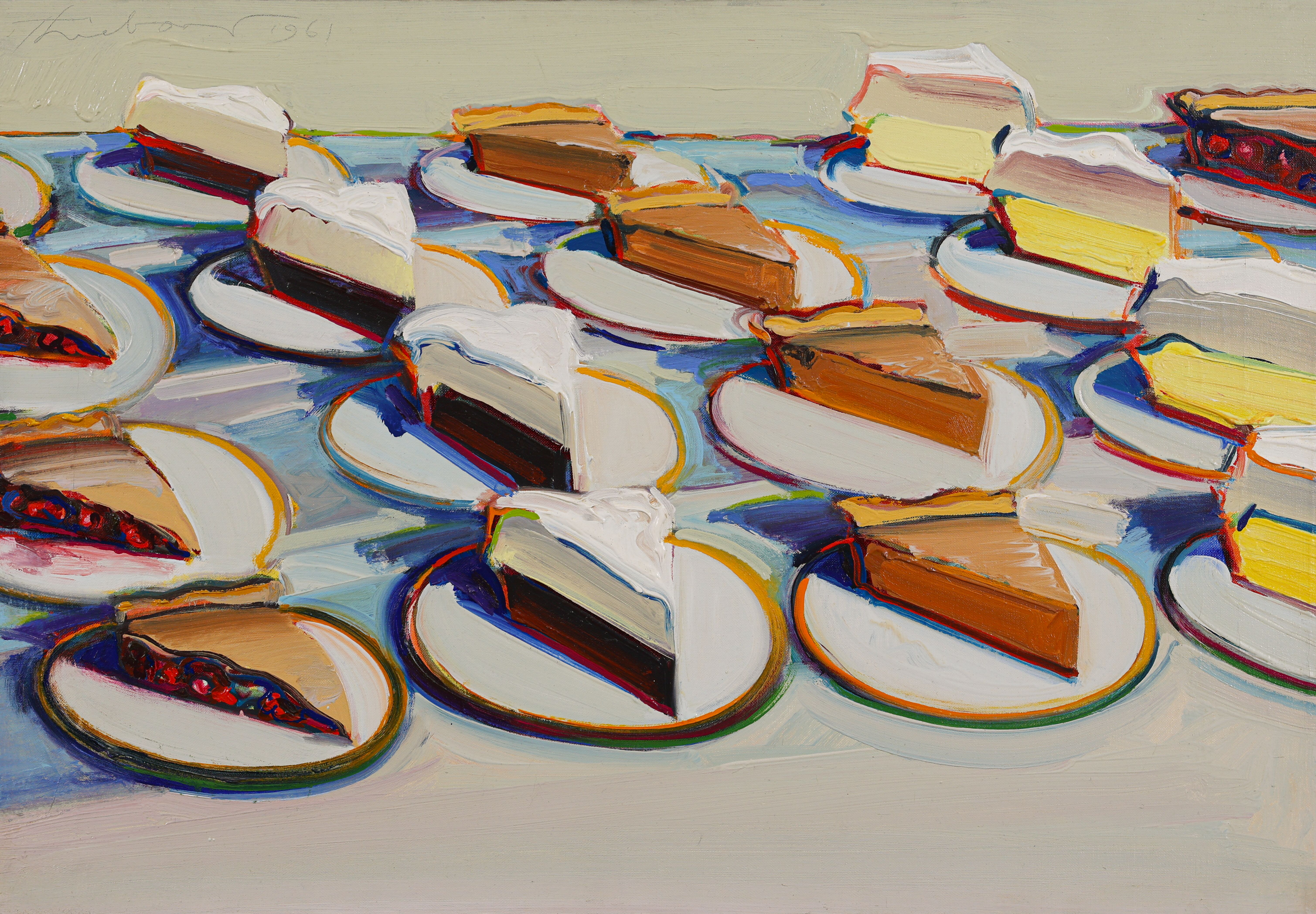 Why are Wayne Thiebaud’s paintings at the Courtauld so tempting?
Why are Wayne Thiebaud’s paintings at the Courtauld so tempting?The American artist’s thickly painted slices of cake at the Courtauld are some of our favourite artworks seen this year. What makes them so special?
-
 Taiwan’s new ‘museumbrary’ is a paradigm-shifting, cube-shaped cultural hub
Taiwan’s new ‘museumbrary’ is a paradigm-shifting, cube-shaped cultural hubPart museum, part library, the SANAA-designed Taichung Green Museumbrary contains a world of sweeping curves and flowing possibilities, immersed in a natural setting
-
 The Architecture Edit: Wallpaper’s houses of the month
The Architecture Edit: Wallpaper’s houses of the monthFrom wineries-turned-music studios to fire-resistant holiday homes, these are the properties that have most impressed the Wallpaper* editors this month
-
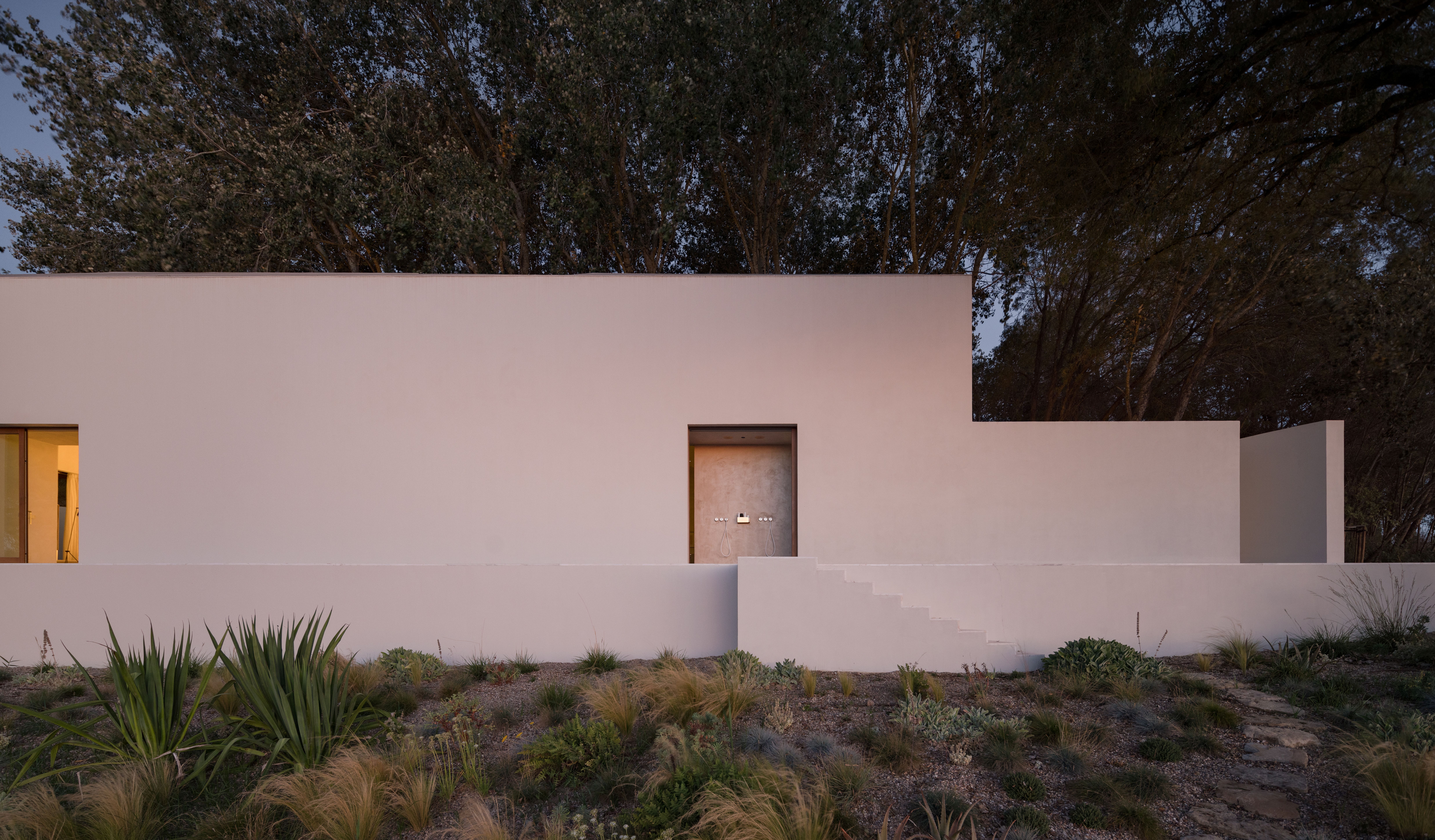 Soothing and symmetrical, this Portuguese house is a minimalist haven for two musicians
Soothing and symmetrical, this Portuguese house is a minimalist haven for two musiciansA Portuguese house near Lisbon, built on the ruins of an old winery, Quinta do Álamo by Atelier Matteo Arnone has symmetry at its heart
-
 2025 Lisbon Architecture Triennale ponders the (literal and figurative) weight of humanity
2025 Lisbon Architecture Triennale ponders the (literal and figurative) weight of humanityJoin us on a tour of the 2025 Lisbon Architecture Triennale, exploring the question ‘How Heavy is the City?’ and our impact on the planet
-
 A beautifully crafted concrete family house in a Mexican suburb is a contemplative oasis
A beautifully crafted concrete family house in a Mexican suburb is a contemplative oasisHW Studio have shaped a private house from raw concrete, eschewing Brutalist forms in favour of soft light, enclosed spaces and delicate geometries
-
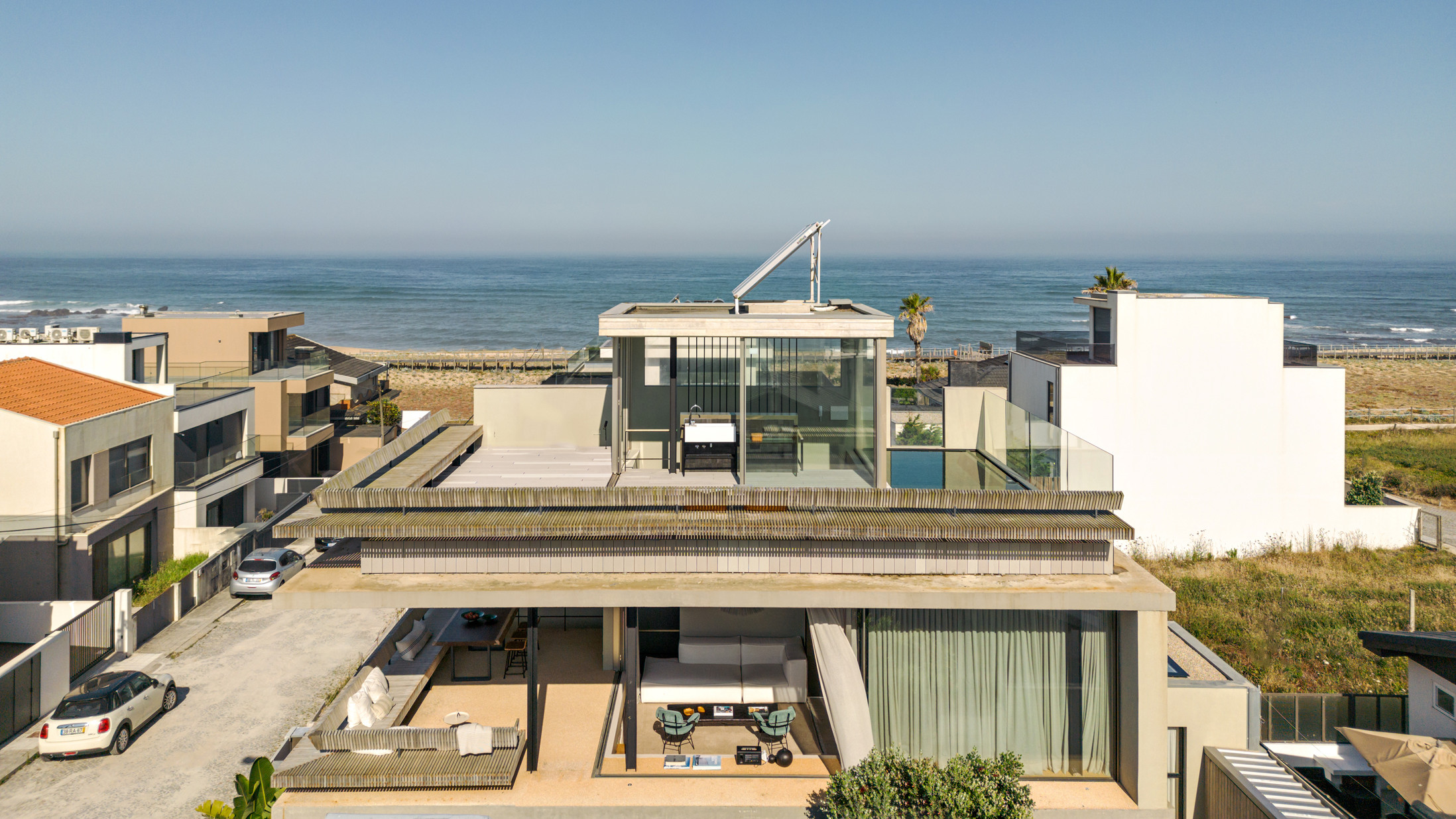 A beach house in Portugal offers up multiple layers of space for contemporary living
A beach house in Portugal offers up multiple layers of space for contemporary livingWER Studio has completed this concrete beach house on the Atlantic Coast, with opening façades and an expansive terrace
-
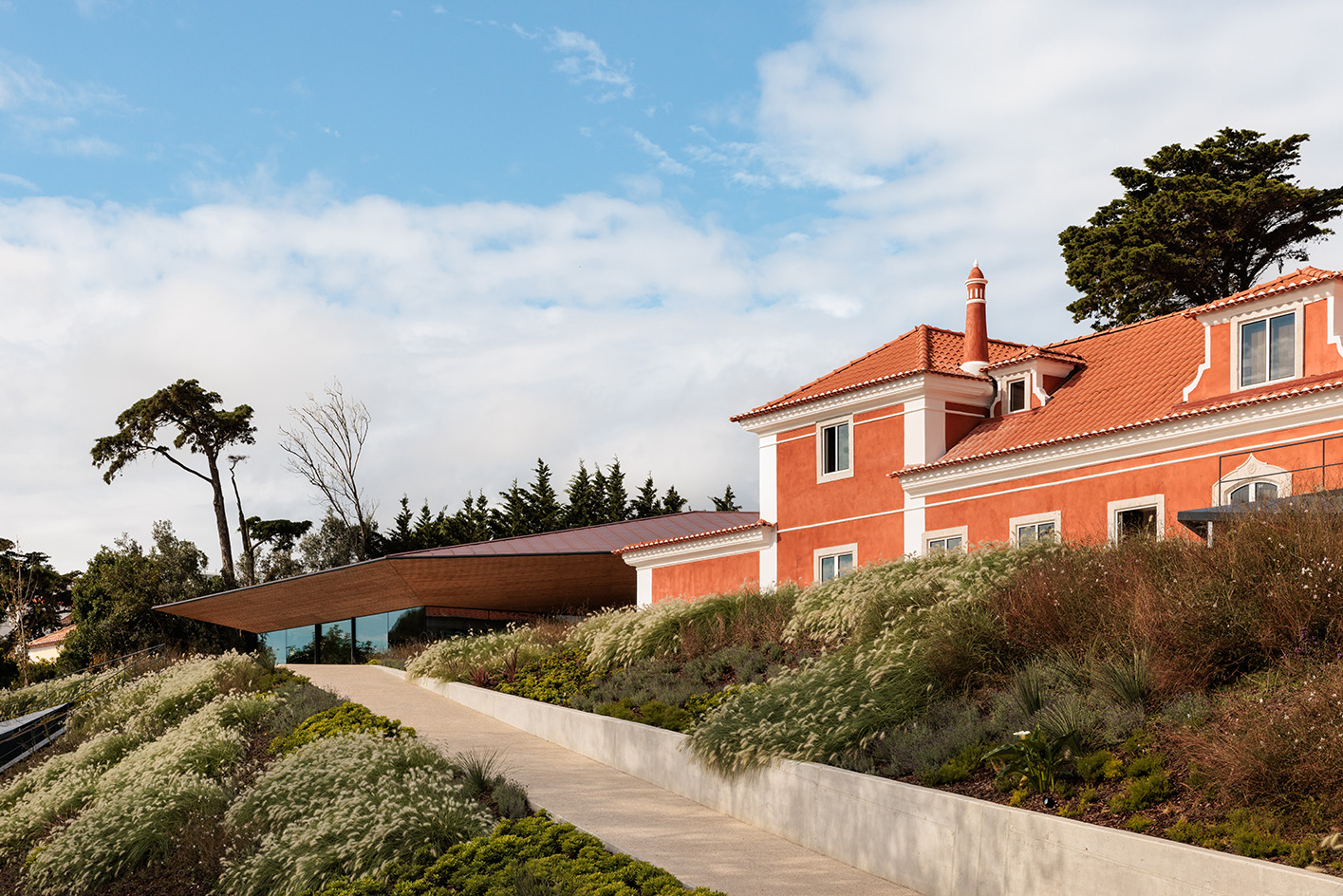 Tour the Albuquerque Foundation, Portugal’s new ceramics hub, where the historic and contemporary meet
Tour the Albuquerque Foundation, Portugal’s new ceramics hub, where the historic and contemporary meetA new cultural destination dedicated to ceramics, The Albuquerque Foundation by Bernardes Arquitetura opens its doors in Sintra, Portugal
-
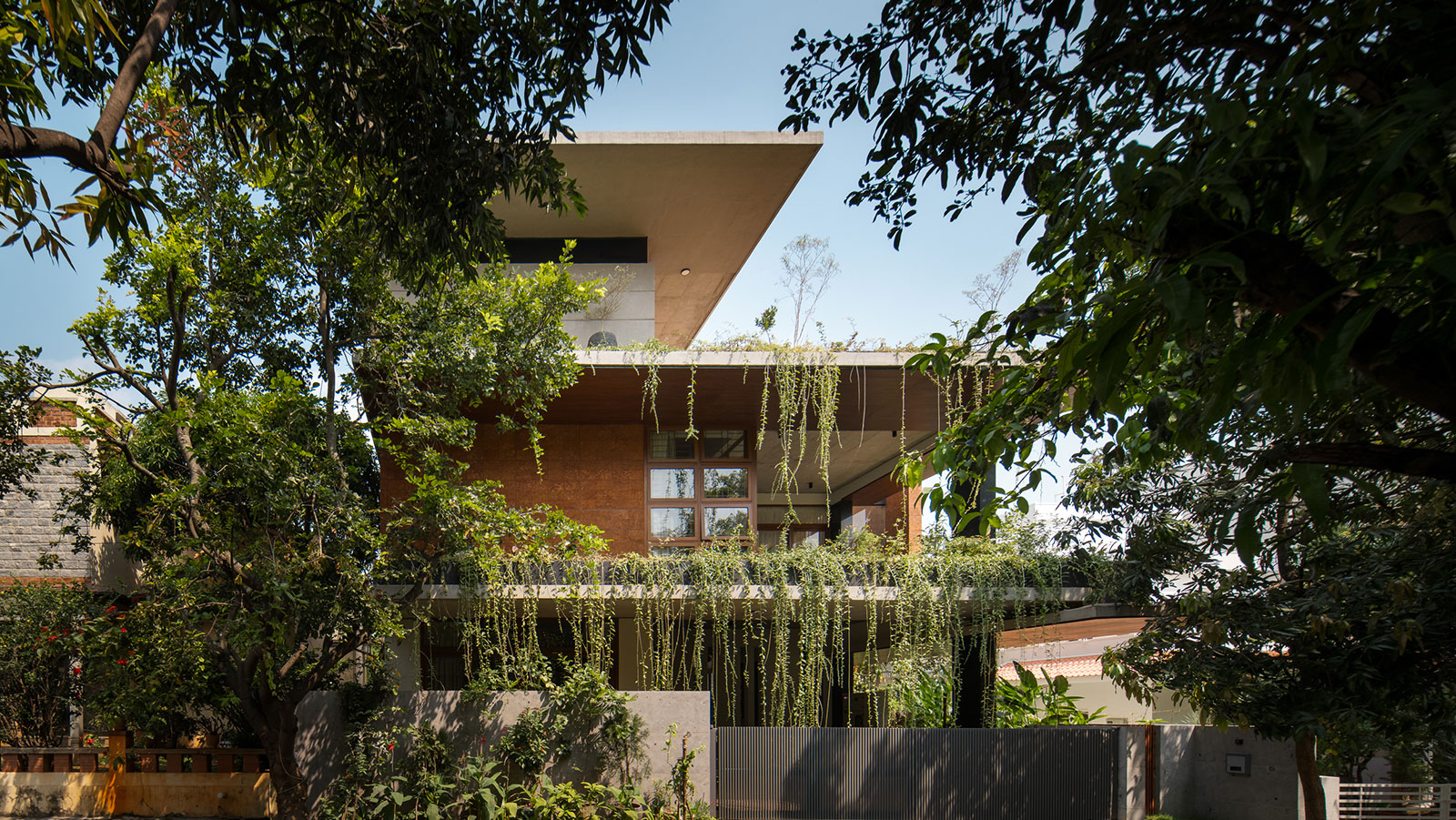 Year in review: the top 12 houses of 2024, picked by architecture director Ellie Stathaki
Year in review: the top 12 houses of 2024, picked by architecture director Ellie StathakiThe top 12 houses of 2024 comprise our finest and most read residential posts of the year, compiled by Wallpaper* architecture & environment director Ellie Stathaki
-
 Wallpaper* Architects’ Directory 2024: meet the practices
Wallpaper* Architects’ Directory 2024: meet the practicesIn the Wallpaper* Architects Directory 2024, our latest guide to exciting, emerging practices from around the world, 20 young studios show off their projects and passion